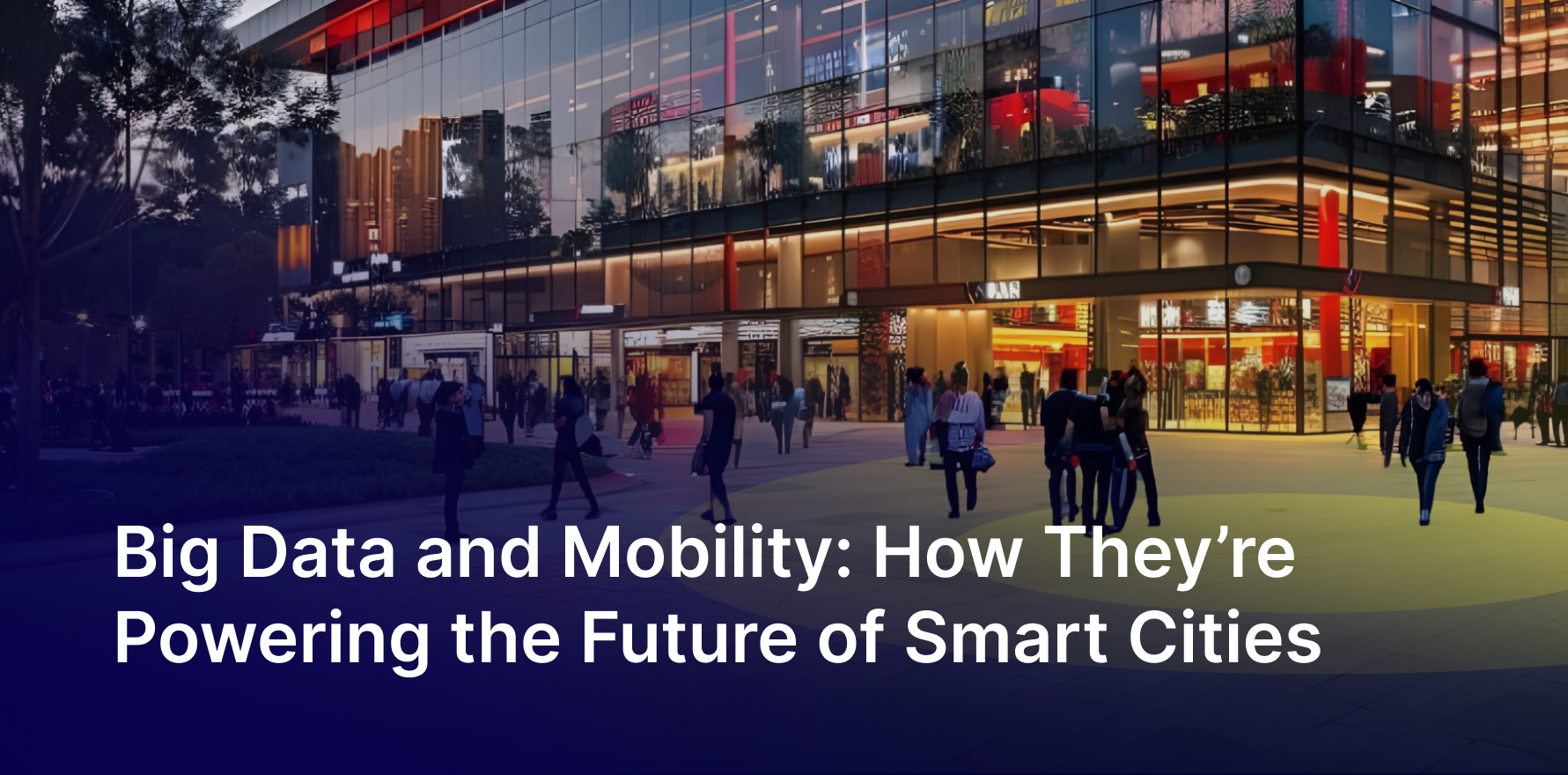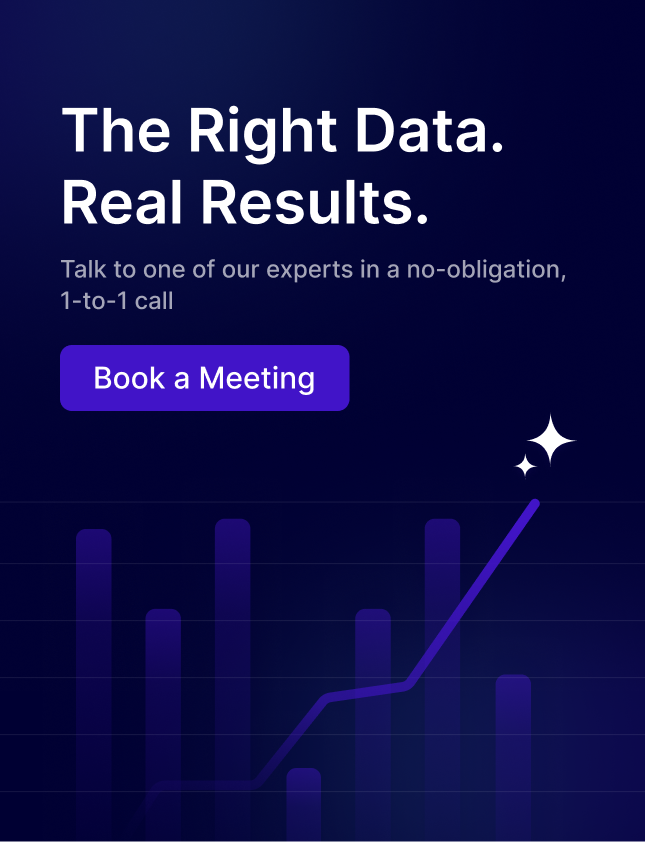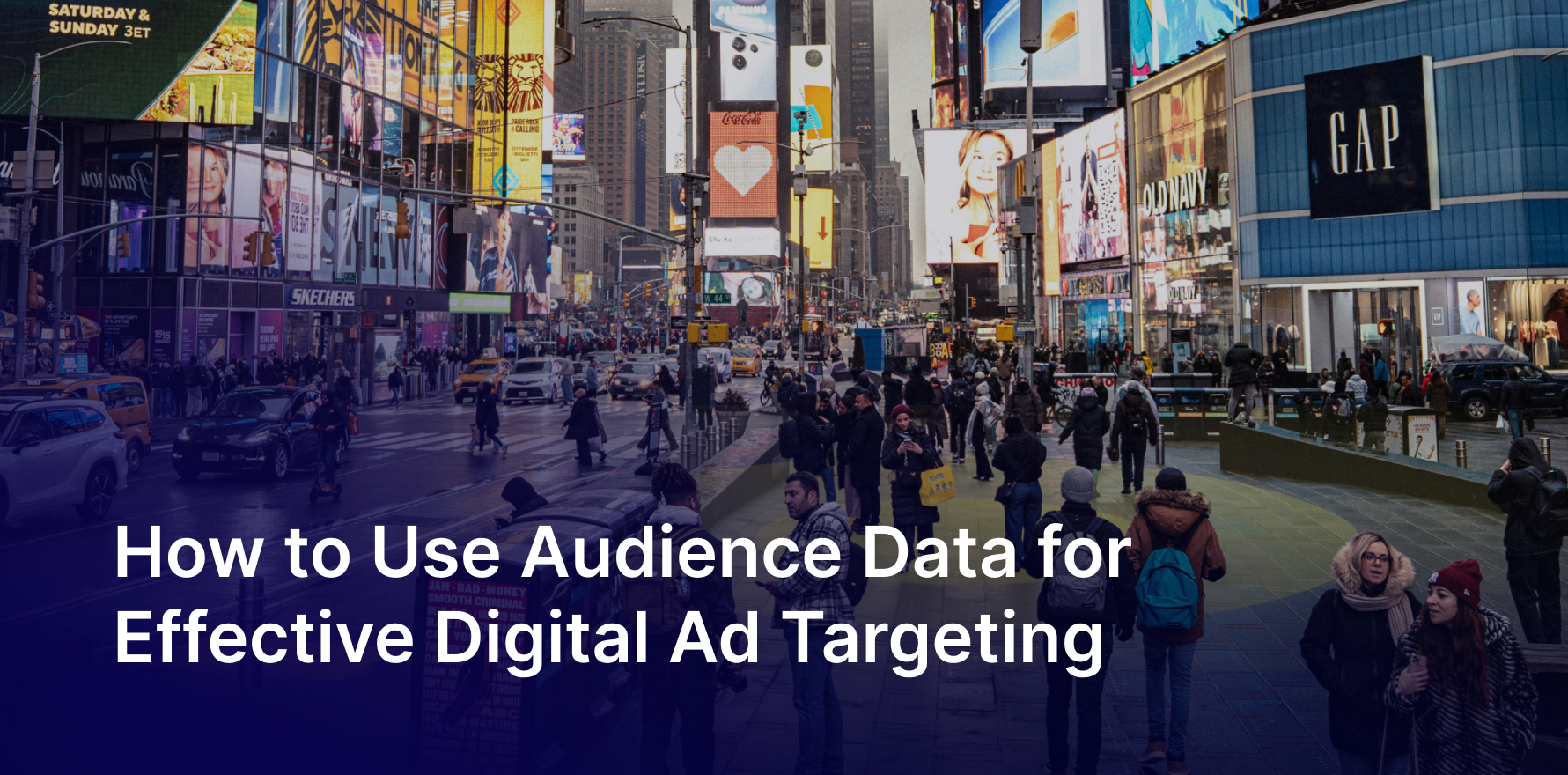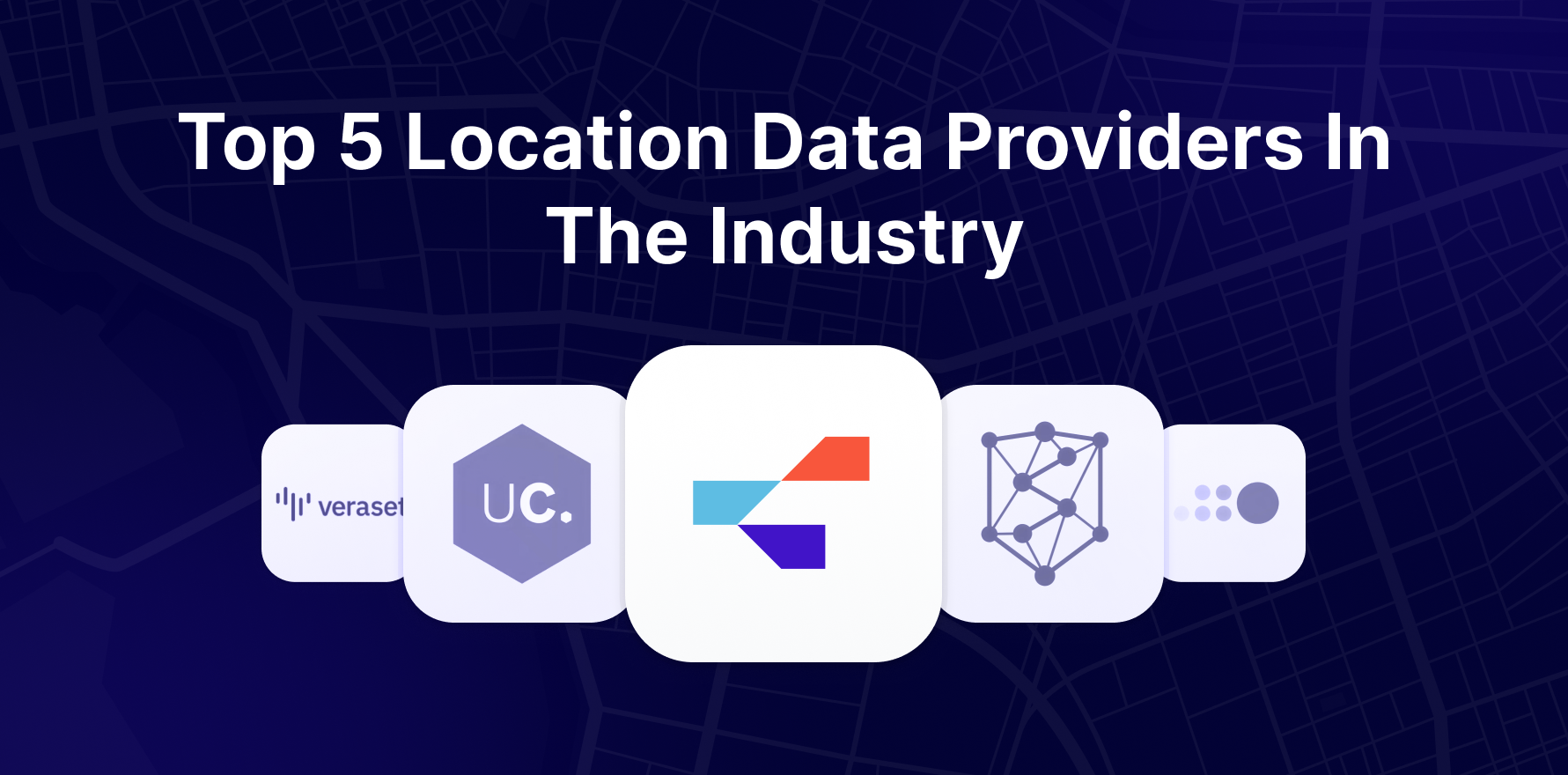In today’s hyperconnected world, data is the new infrastructure. Every movement, every trip, and every city interaction generates valuable information that helps shape smarter, more sustainable environments. The convergence of big data and mobility has become a driving force behind how we experience travel and how cities evolve to meet the needs of modern life.
Understanding Big Data and Mobility
At its core, big data and mobility refer to the vast volumes of location-based and movement-related information captured from GPS devices, smartphones, connected vehicles, and IoT sensors. This data reveals patterns about how people move, from daily commutes to tourism trends, offering a real-time view of activity across cities and regions.
By analyzing these mobility patterns, organizations can better understand behavior, forecast demand, and make data-driven decisions that enhance both travel experiences and urban efficiency.
Read About: What is Mobility Data?
Transforming the Way We Travel
From planning trips to managing fleets, big data and mobility are redefining travel in remarkable ways:
- Personalized Travel Experiences: Mobility insights allow travel apps and platforms to recommend the best routes, modes, and destinations tailored to user preferences.
- Smarter Transportation Systems: Transit agencies can monitor congestion, optimize schedules, and improve public transport reliability based on real-time movement data.
- Tourism Analytics: By tracking visitor flows, cities and tourism boards can identify hotspots, manage crowds, and design more sustainable tourism strategies.
Together, these applications make travel not just faster, but more informed, efficient, and user-centric.
Read About: How to Use Mobility Data to Drive Better Planning & Discovery in the Travel Industry
Building the Foundation for Smart Cities
Cities are living ecosystems, and big data and mobility form their digital backbone. Urban planners and policymakers are now using high-fidelity mobility data to design smarter cities that adapt dynamically to residents’ needs.
Key applications include:
- Traffic and Infrastructure Planning: Data-driven insights guide decisions on where to expand roads, add bike lanes, or introduce EV charging stations.
- Sustainability and Emissions Tracking: Monitoring how people move helps cities measure and reduce carbon footprints.
- Emergency Response Optimization: Mobility data enhances real-time response during crises by predicting congestion and ensuring faster route planning.
When cities understand how people and vehicles move, they can allocate resources more efficiently, leading to safer streets, shorter commutes, and improved quality of life.
The Role of Data Platforms
To make sense of the complex world of mobility, data platforms like Factori simplify access to accurate, high-resolution datasets on people and places. These platforms enable businesses, researchers, and governments to explore mobility patterns, analyze trends, and integrate insights directly into decision-making workflows.
By combining big data and mobility analytics, such platforms turn raw information into actionable intelligence, empowering everything from smarter tourism strategies to future-ready city planning.
The Road Ahead
As digital ecosystems expand, the fusion of big data and mobility will continue to power the evolution of smart cities and intelligent travel systems. The future lies in seamless data integration, where every signal, location, and movement contributes to making urban life more efficient, sustainable, and connected.
Start exploring the potential of Big Data and Mobility with Factori, where data meets discovery.
Talk to an expert | Get started for free
You may also like










